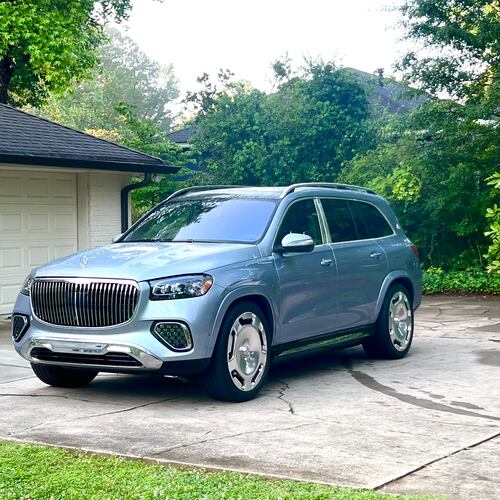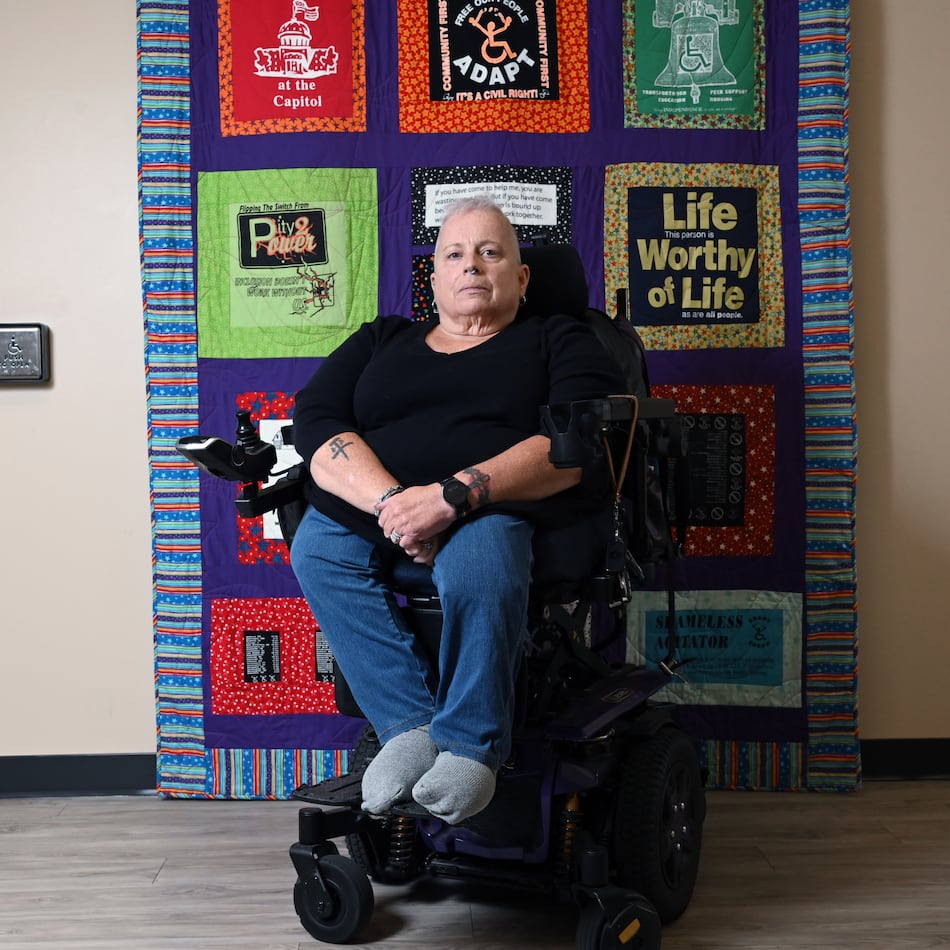Have you ever made an online reservation at your favorite restaurant? What if you could do the same for an emergency room visit?
Tyler Kiley, a 23-year-old Powder Springs entrepreneur, has applied a practice used by the restaurant industry as a remedy to long waits at hospitals. Two years ago, Kiley launched InQuickER, an online service that lets users hold their places in line in the emergency room.
It may help. Health care experts say hospital emergency rooms are facing a number of pressures, including more patients and more closings. Between 1994 and 2004, U.S. visits to the ER increased an estimated 18 percent to 26 percent, while the number of emergency departments decreased between 9 percent and 12 percent, according to a report in Health Affairs.
Both contribute to longer wait times. Based on a 2007 report by Press Ganey Associates, the average time spent in U.S. emergency rooms was 240 minutes, although other reports put it much lower.
"What's frustrating is when you don't know how long is the wait," Kiley said. "... We want to give patients two things: time and certainty."
InQuickER guarantees its customers will be seen by a physician or physician's assistant within 15 minutes of the specified time. If not (and if the correct information is given online), there is no charge to you or your insurance company for the visit.
Here's how it works: People go to the company's Web site, which shows the next available time at the closest hospital that uses the service. Users are then directed to a page where they describe their symptoms. The reserved time is usually determined by the charge nurse, who factors in current patient load, time of day and ambulance runs.
The cost is $24.99 per use.
So far, three hospitals use the system, although Smyrna's Emory-Adventist Hospital is the only one in Georgia.
The service isn't for everyone. If you have symptoms consistent with a stroke or heart attack, Kiley advises people to call 911.
An official at Emory-Adventist, an 88-bed hospital, said it's helped the ER become more efficient.
And there's an added benefit.
"The biggest selling point for nurses is that the patients are happy. That's just something not seen in the emergency room," said Brandon Dickey, director of the hospital's emergency department, which sees about 23,000 patients annually.
Dickey said the hospital has more than 1,000 visits through InQuickER, with 11 percent repeat users. An average ER wait during busy hours (10 a.m. to 10 p.m.) is between two and three hours.
An Internet programmer by profession, Kiley knew other industries were using the Internet and reservation systems. "I said, 'Why don't we expand this to a field where it's really, really needed?"
The service "is not a moneymaker for the hospital but a money saver," said Kiley, who says he was more interested in solving a problem than financial gain.
The service is not without its detractors.
Dr. Arthur Kellerman, professor of emergency medicine and associate dean for health policy at Emory University's School of Medicine, understands the issues facing emergency rooms, such as overcrowding, long wait times and other inefficiencies.
"If you're well enough to call and plug in a 10 a.m. time to be seen, why are you going to the emergency department and not your primary care physician?" said Kellerman, an attending physician in Grady Hospital's emergency room. "That's really not what emergency departments are supposed to be for."
But it worked for Bob Neal, a Smyrna resident and sports broadcaster.
Neal, an allergy sufferer, woke up one day feeling like he was walking around with a bucket on his head.
He had heard about the service from a neighbor who works at the hospital. While still at work, Neal went online and made a reservation for 40 minutes later.
"It's absolutely worth paying $25," he said. "I have a regular personal physician; however, I can't just show up at his office and say, 'Hey, my ears are plugged up.' He has back-to-back patients. If I did, I would just be sitting there waiting."
About the Author
Keep Reading
The Latest
Featured

